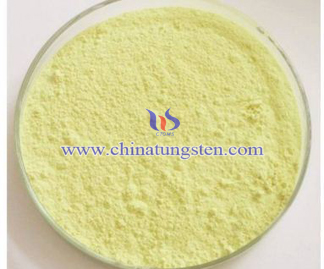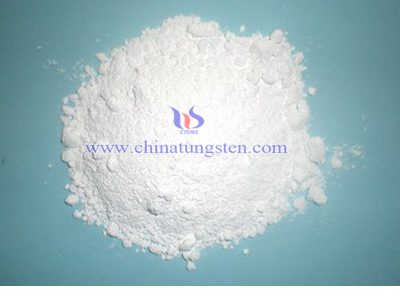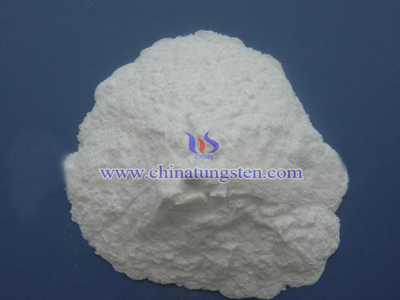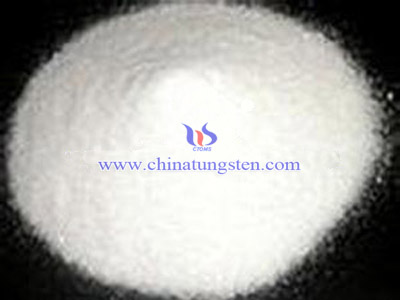Water Photolysis Hydrogen Generation
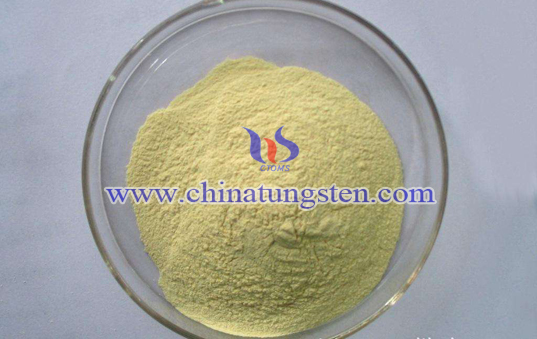
Hydrogen is considered as an ideal energy source, however, if extracting hydrogen by heating or electric decomposition method, the energy consumption in the process will be more than the energy in hydrogen, thus causing very high cost which is more harm than good. Therefore, the convenient and inexpensive way to produce hydrogen has become a desire which researchers dreamed. The use of chemical or solar photocatalytic decomposition of water is the most attractive renewable hydrogen production, and the use of an oxide semiconductor as a photocatalyst to split water to produce hydrogen by sunlight direct utilization is known as the "21st century dream technology".
Photolysis of water into hydrogen technology began in 1972, two professors of Fujishima A and Honda K of Tokyo University firstly reported that they found phenomenon of a single crystal of titanium dioxide electrode photocatalytic decomposition of water to produce hydrogen, which reveals possibility of decomposition of water into hydrogen by directly using solar energy, and also opened up the research path of water splitting using solar. With Electrolysis of water to the semiconductor photocatalytic decomposition of water evolved into hydrogen heterogeneous photocatalysis and the found of photocatalysts outside titanium dioxide, photocatalytic water splitting method has rise, and has made considerable progress in the synthesis, modification of photocatalyst.
In 1976, Hodes first applied WO 3 to the light water splitting system, from then on, people have launched a wide range of studying in the WO 3 water photolysis system. With the continuous improvement of WO3 preparation techniques and the deepening of research, nanostructures WO 3 is discovered to have better photocatalytic ability, and therefore brought a lot of research. Cristino and their team used anodized metal W sheet to prepare the WO 3 photoanode which exhibits the photoelectrochemical performance, excellent charge transport dynamics, has a high hydrogen yield.
The main reason of nanometer semiconductor materials attracting wide attention may be:
1. Compared with bulk material, nano semiconductor has a higher specific surface area, can effectively improve the conversion rate;
2. Nanometer semiconductor material has high energy conversion and potential enormous.
Many anode material systems are based on nanometer semiconductor material, such as cadmium sulfide (CdS), tungsten trioxide (WO 3 ), iron oxide (Fe 2 O 3 ) and so on.Tungsten trioxide has the low bandgap and shows good response to visible light which uses more sunlight, thus to have the excellent anti-corrosion and transporting property of photo-generated electron; however, due to the conduction band of tungsten trioxide the electrode potential of +0.4V, positive to electrode potential of the water-splitting reduction half-reaction H 2/ H2O, so it can not be used in the photolysis of water hydrogen generation in the thermodynamics but can be used for water photolysis oxygen. Science shows that applying a bias helps photogenerated electrons are injected into water molecules, it is usually apply an appropriate bias in the WO 3 photolysis of water systems for photocatalytic hydrogen evolution.
Du Junping and his team prepared WO 3 catalytic materials with different amounts of cerium (Ce) doped by solid phase sintering, the experimental results showed that the rule of law, Ce doping spectral response range of tungsten trioxide to expand the visible area; in addition, cerium does not lead to a new phenomenon of fluorescence, can enhance appropriate cerium doped tungsten trioxide photocatalyst fluorescence intensity. Ce trace doping by increasing the amount of oxygen vacancy in turn induce Ce/WO 3 photocatalyst produce more • OH and • O 2 , thereby greatly enhancing the light catalytic activity.
Compared to titanium dioxide, WO 3 photocatalyst has a lower band gap, and has a good response to visible light, can use more solar energy; In addition, in the actual reaction system of photocatalytic decomposition of water, WO 3 can maintain excellent light resistance and photo- electron transport property in the long term. Thus, WO 3 is considered to be an ideal catalyst photolysis of water, and shows an important applications in solar water splitting field.

